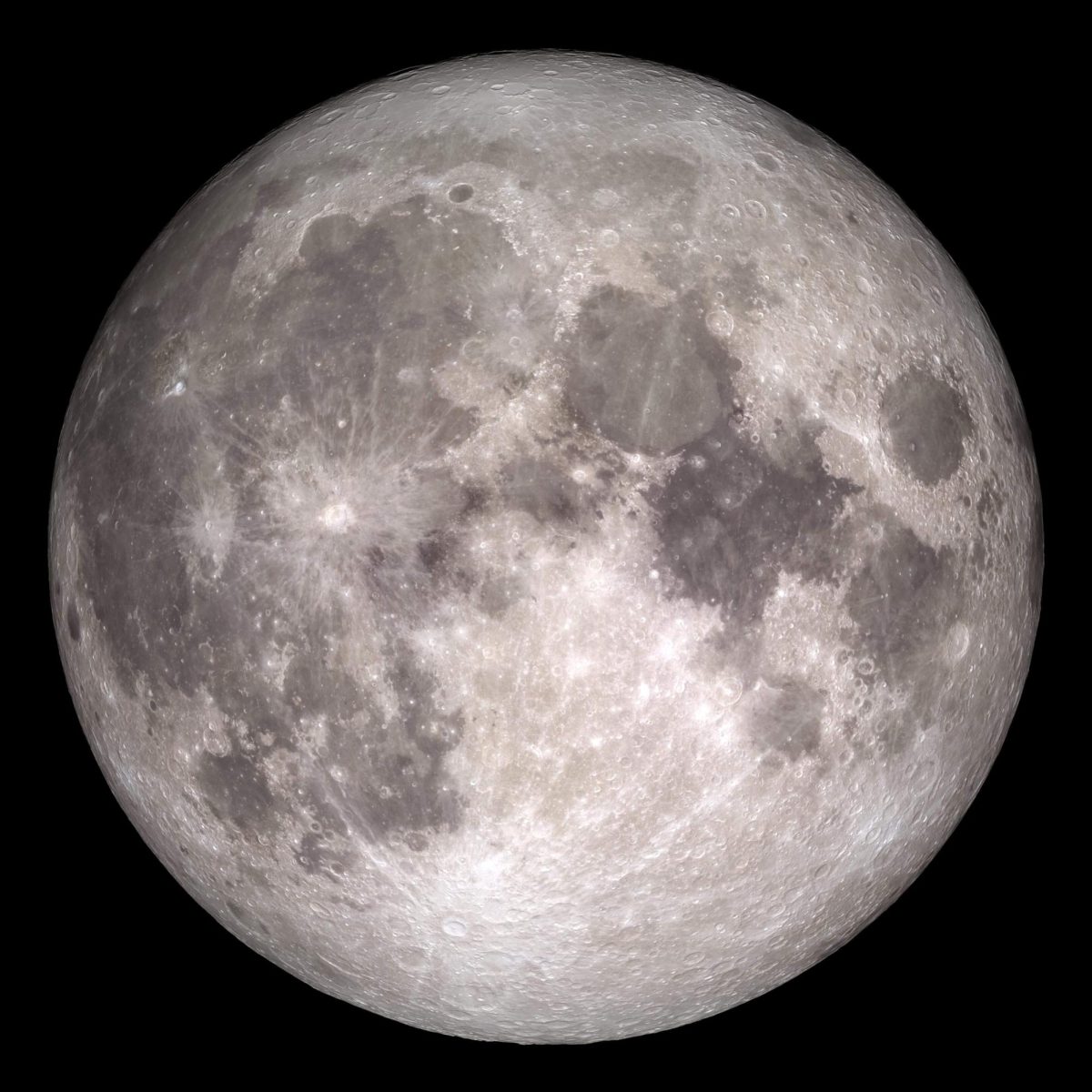Until Nov. 25, Earth will have a “mini-moon” orbiting around it — a small asteroid named 2024 PT5 that is about 33 feet wide, or the size of a school bus. The asteroid, coming from the asteroid belt that separates the rocky planets in our solar system from the gaseous planets, got captured by Earth’s gravity on Sept 29.

2024 PT5, discovered on Aug. 7 of this year, is classified as a “near Earth object.” In other words, it is defined as a small body in the solar system orbiting the Sun at a distance that’s closest approach is less than 1.3 times the distance between the Earth and the Sun.
In fact, 2024 PT5 approaches only 4.2 million kilometers away, the distance between the Earth and Sun being 149.49 million kilometers. Once the asteroid is released from Earth’s gravity, it will return back to the asteroid belt, orbiting the Sun.
Unfortunately, because the asteroid is so small, 2024 PT5 will not be visible to the human eye and low-grade telescopes. More professional telescopes that have a larger brightness range, though, will be able to capture the asteroid passing by Earth.
It turns out that mini-moon events like this one are not extremely rare; actually, they’re quite common. Mini moons happen almost every year, the last one being the YG asteroid in 2022. According to Carlos de la Fuente Marcos, a researcher on the mathematical sciences department at the Complutense University of Madrid, short episodes of mini moons (mini moons that don’t complete one full orbit around the earth) are much more common than long episodes of mini moons (mini moons that are captured for years).
2024 PT5 falls under the short episode category. de la Fuente Marcos says short mini moons can occur several times every decade, but long mini moons only occur about every 10 to 20 years.
This specific asteroid, 2024 PT5, will make another visit around the Earth sometime in the future, but astronomers don’t expect it to return for a while. The next expected flyby of 2024 PT5 will happen in Nov. 2055, 31 years from now.
















